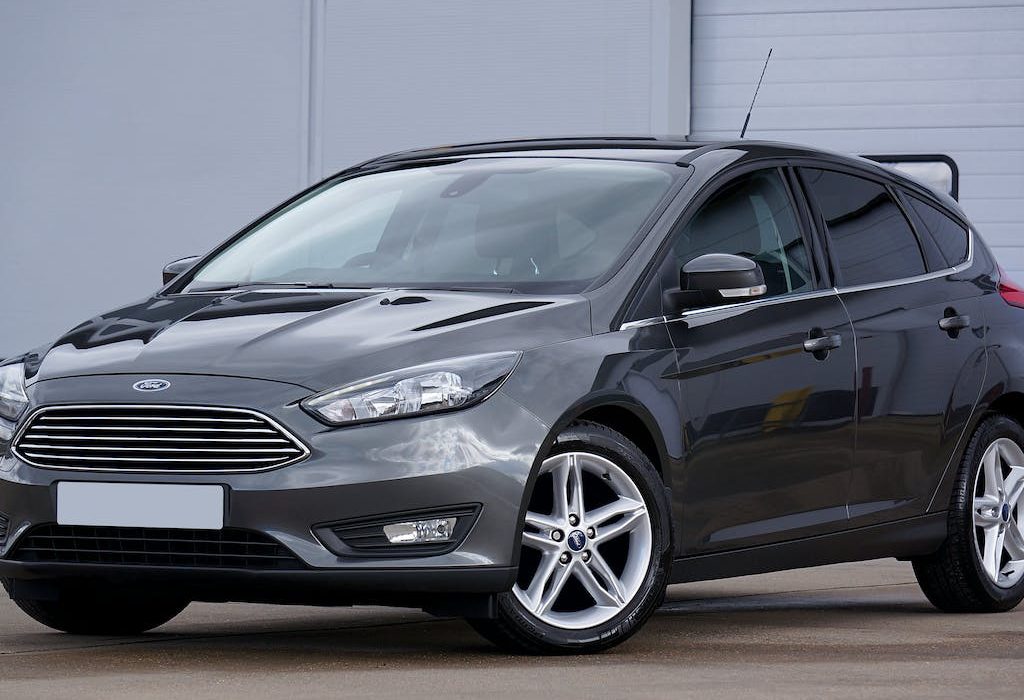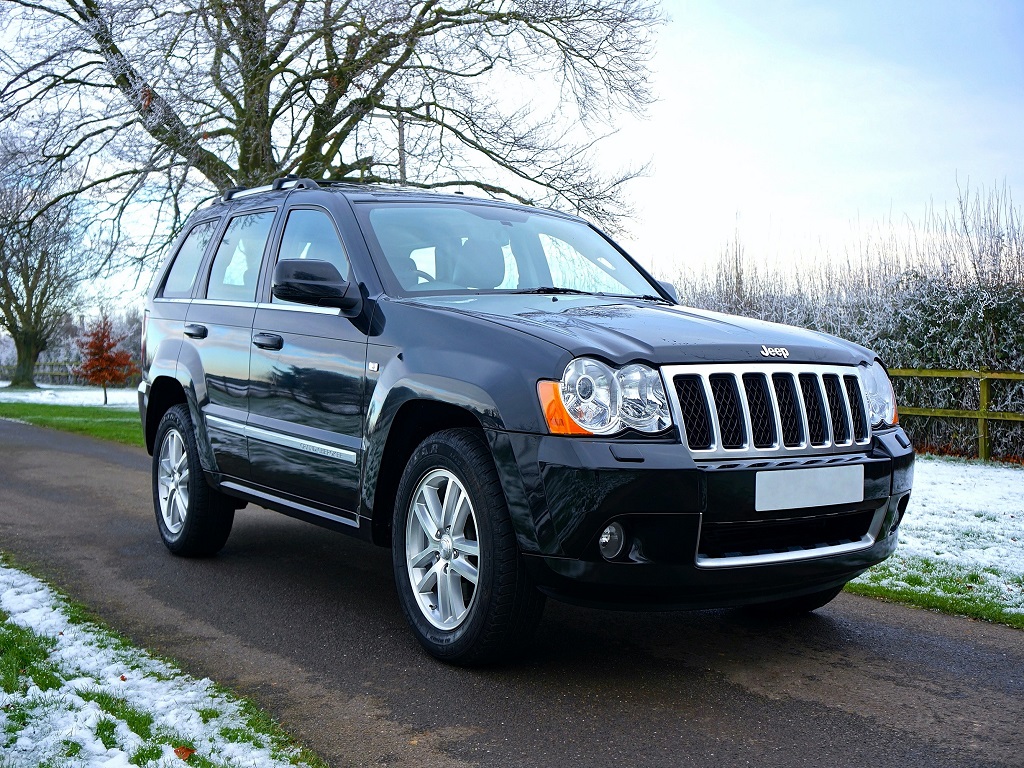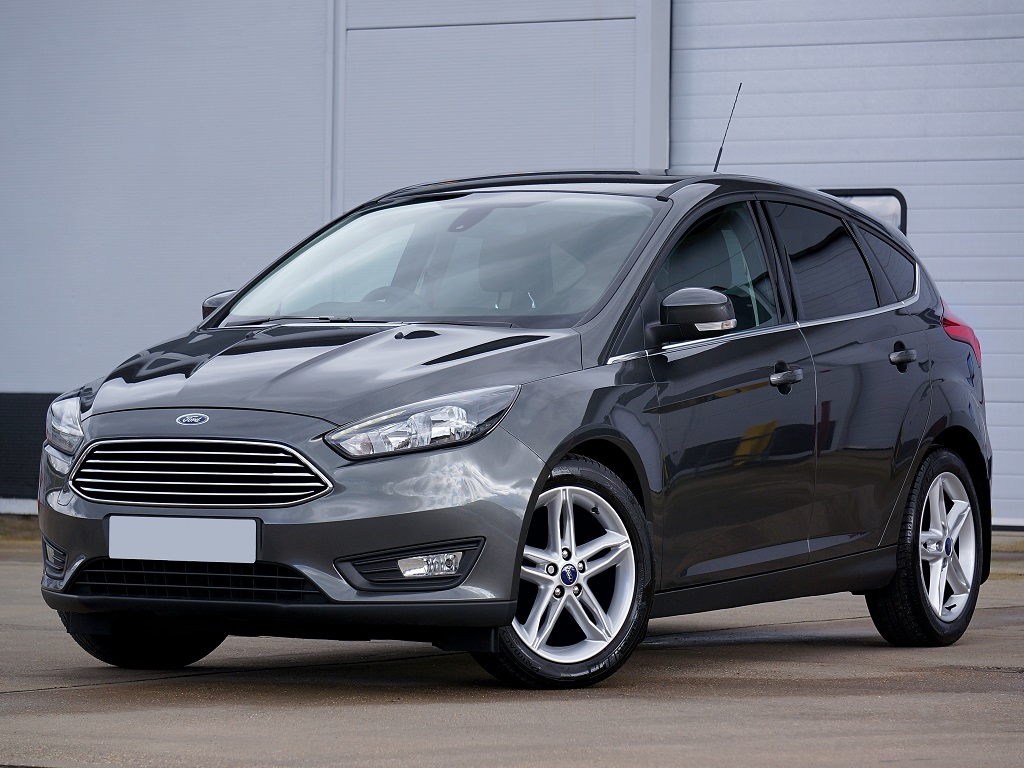Unsure whether to purchase a classic sedan or a modern hatchback? We’ve explained how the two types of cars differ and listed their pros to help you make an informed decision.
What Is a Sedan?
Sedans are traditional four-door cars with rear side doors and rear seats that fold down for extra cargo space when needed. Most sedans have room for five passengers (though some can accommodate more), but they’re typically not as spacious as SUVs or minivans when it comes to interior volume.
What Is a Hatchback?
Hatchbacks are essentially sedans that have been sliced off at the back end. The result is a sleek body style that looks more like an SUV than an ordinary car but without any of the practicality associated with larger vehicles like crossovers or wagons. This makes hatchbacks ideal for city dwellers who want to downsize their vehicle while still enjoying some of the benefits of increased cargo capacity, better fuel economy, and improved maneuverability in tight spaces like parking lots or crowded streets full of pedestrians.
Pros Of A Sedan
Cost-effective – Sedans are generally cheaper than hatchbacks, which means that they’re more affordable for most people. They also tend to be less expensive to maintain over time as well.
More luxurious – Sedans offer more roomy interiors than hatchbacks do, making them perfect for families who need extra space in their cars. While it’s true that hatchbacks have grown in size over the years, they still don’t have as much interior room as sedans do.
Pros Of A Hatchback
More cargo space – Hatchbacks offer more cargo space than other types of vehicles. If you need to carry things like groceries or luggage often, these vehicles are great options because they have higher trunk capacities than sedans. This makes them ideal for families who need lots of room for their belongings.
They are safer – Hatchbacks also have lower centers of gravity than other vehicles, which makes them safer on the road. This means that if there’s an accident and your car ends up flipping over, it will be less likely to roll over completely and land on its roof or side. The lower center of gravity also helps with handling because it gives drivers more control over their vehicles during turns or when avoiding other obstacles on the road.




